You may have a 4K camera in your pocket right now without even realising it. Even if you don’t have a 4K TV to watch those videos on, you can use that camera to make even better 1080p videos right now.
You Probably Have a 4K-Capable Camera Already
4K displays may be scarce, but 4K cameras are everywhere. Most recent flagship smartphones have 4K-capable cameras built in. Here are some of the most popular models capable of recording in this ultra high resolution:
- iPhone 6S, 6S Plus and iPhone SE
- Samsung Galaxy S6, S6 Edge, Note 5, S7 and S7 Edge
- LG G4 and G5
- Google Nexus 5X and Nexus 6P
- Sony Xperia Z5, Z5 Compact, and Z5 Premium
This list is not comprehensive, but it’s easy to see that you have no shortage of cameras that can record video in 4K. Even so, 4K is a resolution, not a measure of quality, so be sure to check out a few smartphone video comparisons before you buy something new.
There are also plenty of high quality point-and-shoots capable of shooting in 4K, like the Panasonic LUMIX DMC-LX100K, the Nikon DL24-85, DL18-50 and DL24-500 line and the Sony RX100. If you don’t mind spending some cash for a quality camera, you have a few options without getting a second mortgage. While you may see professional YouTubers using the most expensive hardware to do the same work, you can get started with relatively inexpensive equipment until you have a real need to upgrade.
If you don’t have a 4K display, you might wonder why you’d even want to record in 4K at all. However, recording in 4K, even for viewing on a 1080p display, is generally better. Since you’re recording extra data, you have some flexibility editing that you wouldn’t have otherwise. Here are just a few ways it can help and some cool things you can do with 4K source video. Note: all of my videos below were taken on a Nexus 6P recording in 4K mode.
Get Better 1080p Footage When You Downsize 4K
You might think scaling a 4K video down to 1080p, isn’t really any different than shooting in 1080p to begin with. However, since 4K cameras records much more detail, downsizing footage to 1080p can retain finer details with less noise than shooting straight 1080p.
As the video above from videographer Dylan Lierz shows how stark this difference can be. In a side-by-side comparison, downsized 4K footage better captures distant objects and complex imagery like grass or trees. Sometimes the quality isn’t much better, but you have more to work with.
Update: As one commenter pointed out, the labels in the first half of the video appear to be switched. However, they’re corrected later on. Here’s another video that demonstrates this same principle. This video also explains why this effect occurs.
Get High-Quality Cropped Footage After Shooting
Composing your frame properly is key to shooting video that looks good. When you’re shooting in 4K, you have some extra flexibility. You can crop in tighter on a shot to get a closer look at the subject, or recenter on a different part of the frame.
As you’re working with footage that has roughly four times the pixels, you can select a much smaller part of the frame and still crop it down to a 1080p video with no significant loss in quality.
In the video above, I filmed my drone flying in my backyard. In the original footage, I’m extremely far away from my drone (duh, it’s flying). However, I was able to decide how close I wanted to crop the video later. With 4K footage, I was able to get much closer without degradation. Despite cropping down to nearly a fourth the size, you can still make out a ton of detail in the tree branches in the background.
Stabilise Shaky Footage
When you stabilise digital footage normally, you lose a little quality. This occurs because the software zooms in slightly and crops each frame in a direction counter to the motion in the frame. If your camera shakes to the left, the frame is cropped to the right. The upside is your footage is less shaky. However, you lose a little resolution to get that effect.
As you can see in the first half of the video above, my hands shook while I was filming my cat on the back porch. However, I ran that same clip through After Effects’ Stabilise Motion tracker. In the second half of the video, you can see the result. The camera shake is almost entirely gone, yet the video has no less resolution.
It’s worth pointing out that stabilising footage isn’t a magic bullet. After Effects took time to analyse the motion and there’s still a bit of camera drift. Your mileage will also vary depending on what method you use.
Add Pans and Zooms On Stationary Shots
With so much source data to work with, you can add effects to segments of your shot without having to retake them to get the effect. On a stationary shot of a subject, you can zoom in to add emphasis, or pan across a landscape to add movement, as if you shot a long pan when you’re really zooming in and across a single shot.
This gives you the freedom to decide later what type of movement you need in your final video. You can also use a single camera to get multiple compositions of the same scene.
For example, in the video above, I filmed a wide shot of cosplayer Amber Alertt. Later, I altered the shot to add a pan. Once again, there’s no loss in quality, despite zooming in and cropping the frame. I could also choose to reverse that pan, crop in for a close-up, or spend the entire shot staring at the trees if I wanted.
Use Still Frames For Photography
A still frame of a 4K video is roughly equivalent to about 8.3 megapixels. That’s enough pixels to take great pictures for everything from social media to printing some sizes of photos.
While you can take frames from 1080p video, the lower resolution isn’t as flexible for photography. Every individual frame of a 4K video can be used as a high quality photograph, without the troublesome need to snap the picture at exactly the right time. Simply hit record and grab the perfect shot later.
In the video above, I asked cosplayer Layla Antagonist to experiment with poses while I recorded. The clip lasted about 20 seconds. Afterwards, I was able to grab several still images that would fit right in at a regular photo shoot:
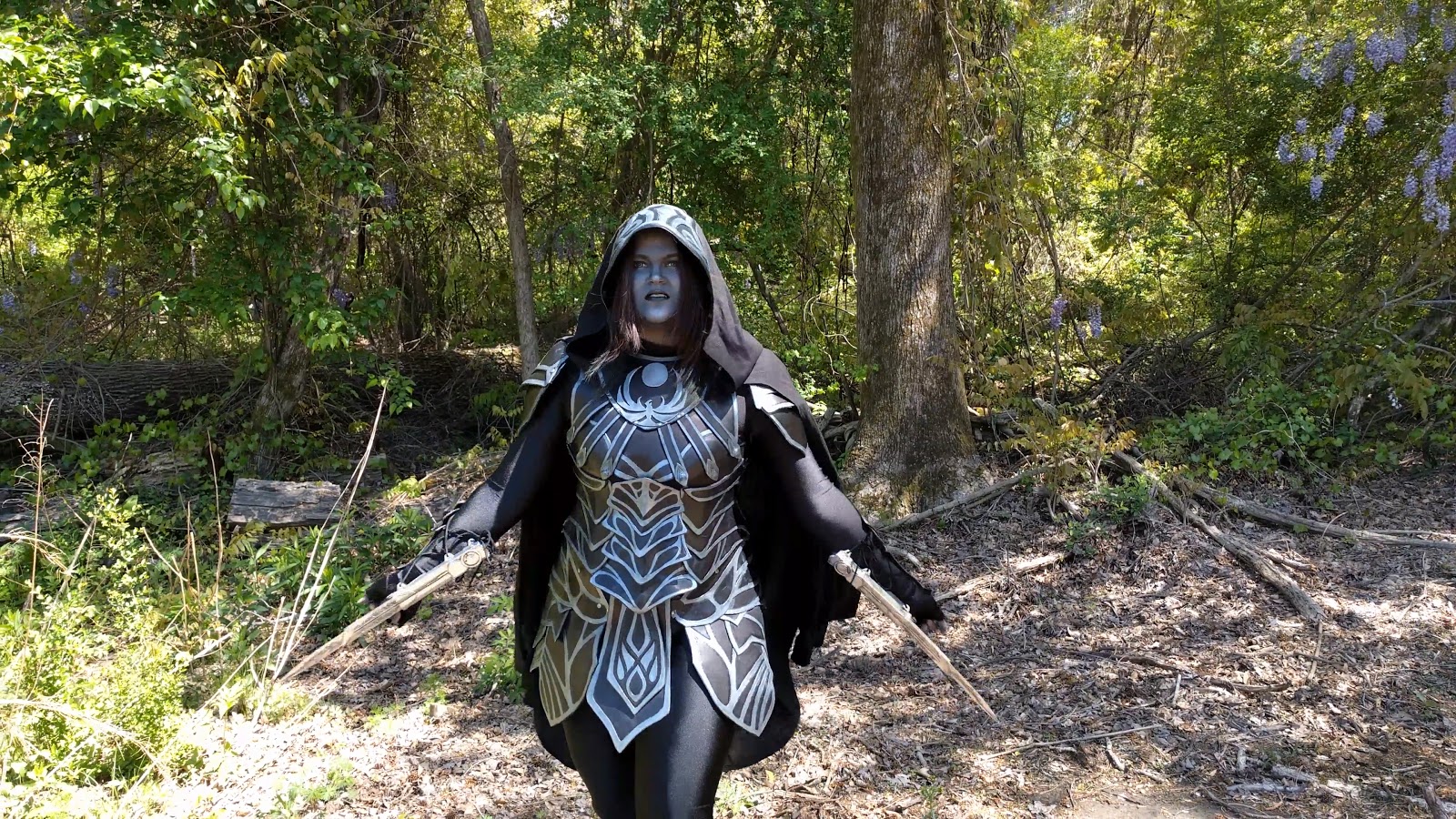
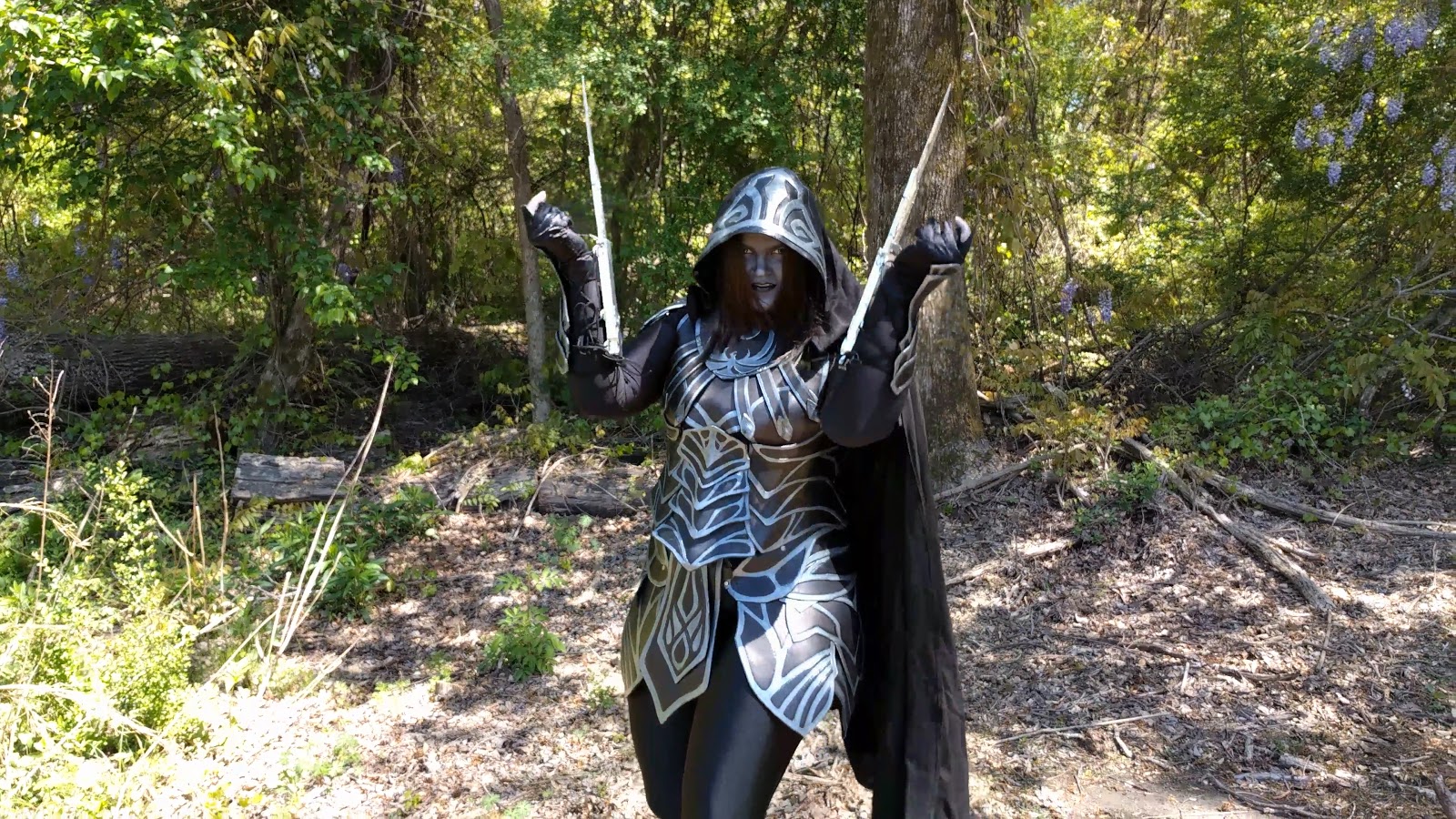
They’re no substitute for a proper photographer (and my phone is still not a substitute for a proper camera), but they’re more than good enough that I could import into Photoshop to play with. By recording in 4K, I gave myself the option of turning a frame of a video into a usable photo later.
There are numerous benefits to shooting 4K video and odds are you already carry a device capable of it. In fact, recording a higher resolution than you need can give you a lot more flexibility to edit your videos and help take better pictures.
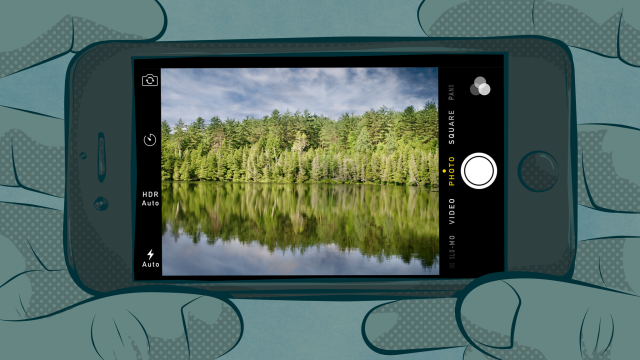
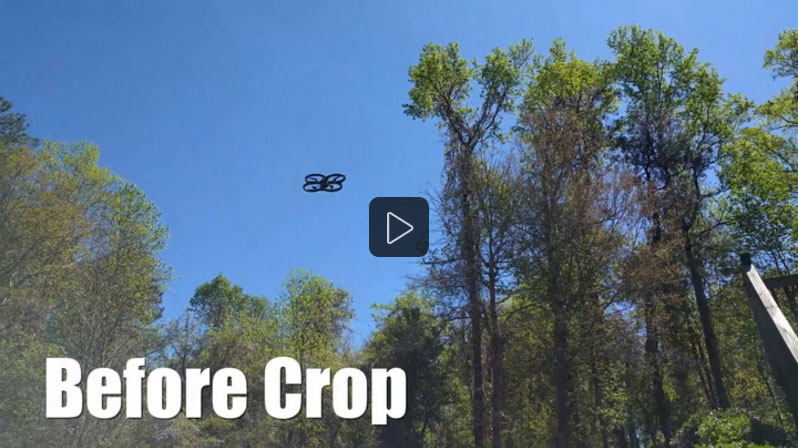
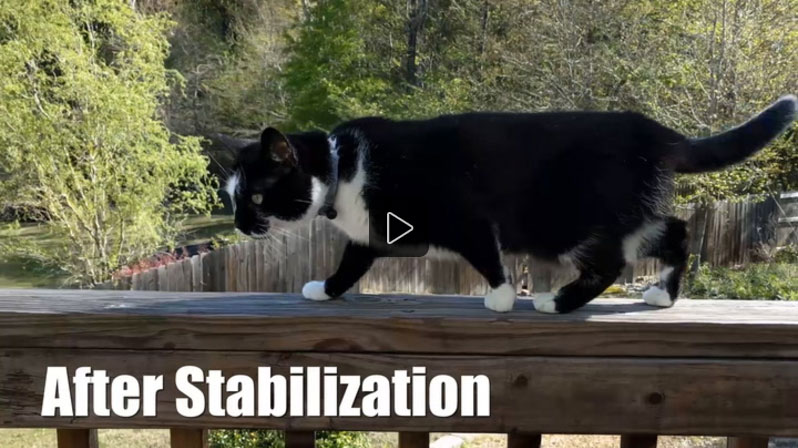

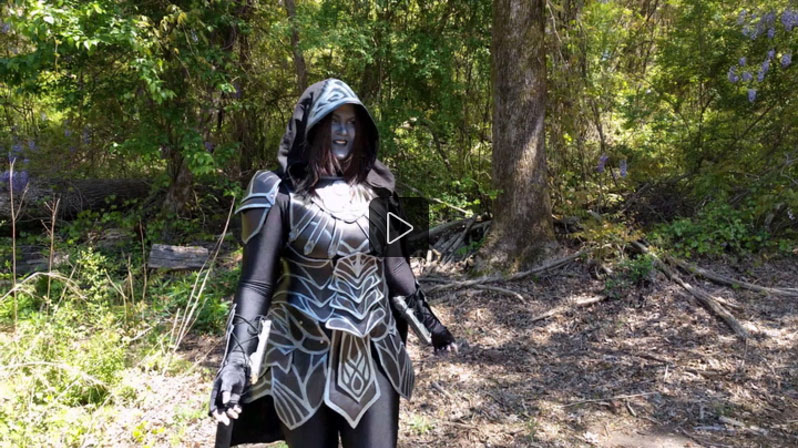
Comments